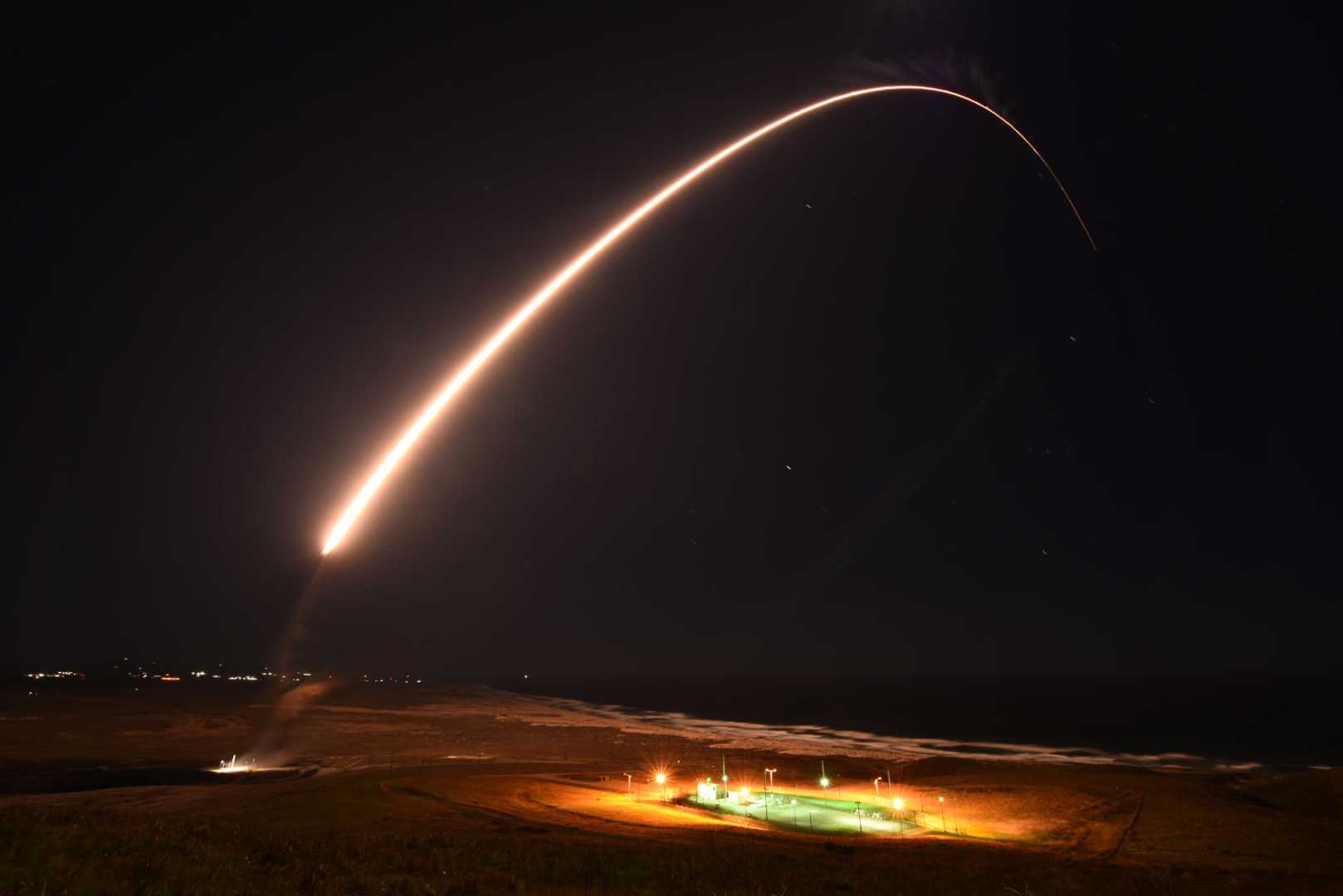News
US Conducts Minuteman III Nuclear Missile Test to Demonstrate Readiness and Deterrent Capability

The United States conducted a significant test launch of an unarmed Minuteman III intercontinental ballistic missile (ICBM) on November 5, 2024, at 11:01 p.m. Pacific Time from Vandenberg Space Force Base in California. This test was part of routine and periodic activities aimed at demonstrating the readiness and effectiveness of the U.S. nuclear deterrent.
The Minuteman III missile, which is a critical component of the U.S. nuclear triad, was launched with three test warheads, including one high-fidelity Joint Test Assembly and two telemetry Joint Test Assembly objects. This configuration is unique, as fielded Minuteman III missiles typically carry only one nuclear-armed reentry vehicle. The test aimed to verify the missile’s ability to carry multiple warheads, a capability that was once standard but was reduced to comply with arms control agreements.
The launch was controlled by an airborne command post using the U.S. Navy E-6B Mercury aircraft, which carried Airmen from the 625th Strategic Operations Squadron of Offutt Air Force Base, Nebraska. This airborne launch validated the survivability of the ICBMs, highlighting their role as a strategic backstop for the nation’s defense and that of its allies and partners.
The missile traveled approximately 4,200 miles to the Ronald Reagan Ballistic Missile Defense Test Site near the Kwajalein Atoll in the Marshall Islands. The test was monitored by specialized sensors, including high-fidelity metric and signature radars, optical sensors, and telemetry, to evaluate system performance.
General Thomas A. Bussiere, commander of Air Force Global Strike Command, emphasized that these tests demonstrate the readiness and reliability of U.S. nuclear forces, reassuring allies and deterring 21st-century threats. The Minuteman III, nearing the end of its service life, is scheduled to be replaced by the next-generation LGM-35A Sentinel by 2029.
The timing of the test, which coincided with Election Day, was clarified by officials as routine and scheduled years in advance, not in response to current world events. The test underscores the U.S. commitment to maintaining a strong and credible nuclear deterrent amidst growing geopolitical tensions with Russia and China.












